Methyl Chloroformate
CAS No. :79-22-1
Molecular Formula:CH₃OCOCl

CAS No. :79-22-1
Molecular Formula:CH₃OCOCl
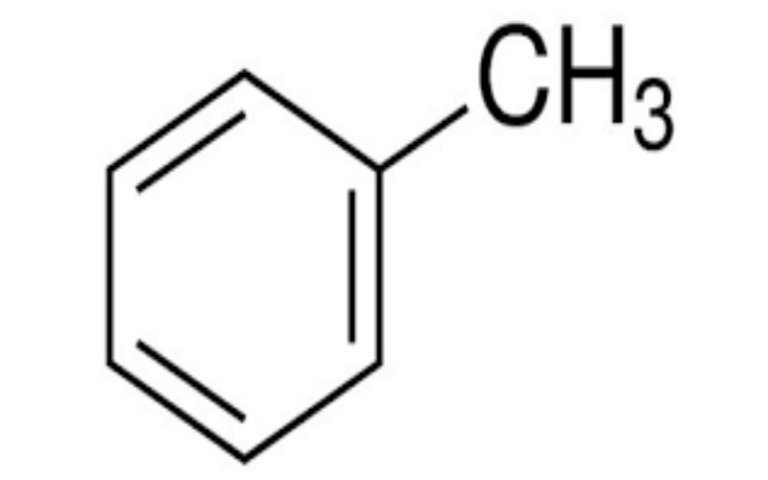

CAS No. :60-29-7
Molecular Formula:C₄H₁₀O
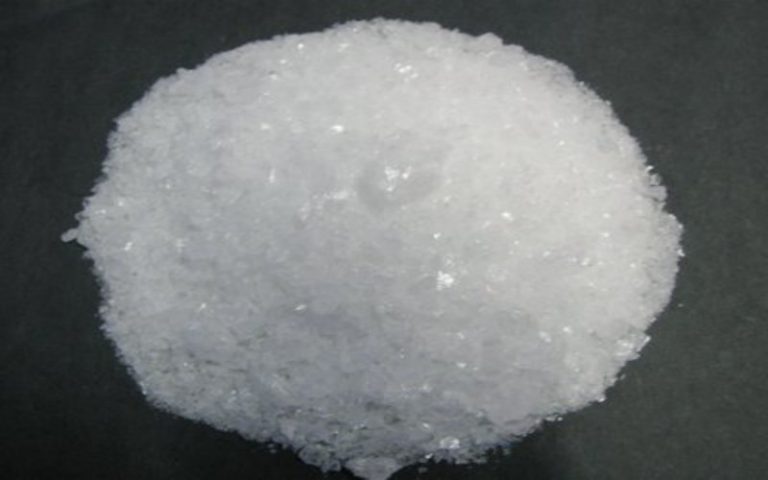
CAS No. :7761-88-8
Molecular Formula:AgNO₃
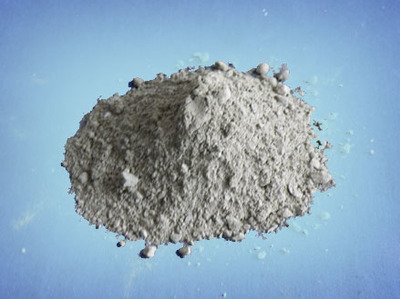
What is Cesium Iodide? Cesium iodide (CsI) is a chemical compound known for its diverse applications and unique properties. From advanced medical imaging to radiation detection, it plays an essential role in modern technology. In this section, we’ll explore its chemical composition, physical attributes, and real-world uses. Chemical Composition and Structure Cesium iodide is an…

Cadmium phosphide (Cd₃P₂) is a fascinating compound with a wide range of applications in modern technology. With its formula Cd₃P₂, this semiconductor material is known for its unique properties, including a narrow bandgap of about 0.5 eV. These characteristics make it a go-to choice for high-power electronics, laser diodes, and even emerging fields like biomedical…

What is Cesium Iodide? Cesium iodide (CsI) is a stable ionic compound made up of cesium (Cs) and iodine (I). This simple yet unique crystalline material has exceptional properties that give it a wide range of applications in various scientific and industrial fields. From its composition to its functionality, understanding cesium iodide can reveal why…

CAS No. :7601-89-0
Molecular Formula:NaClO₄
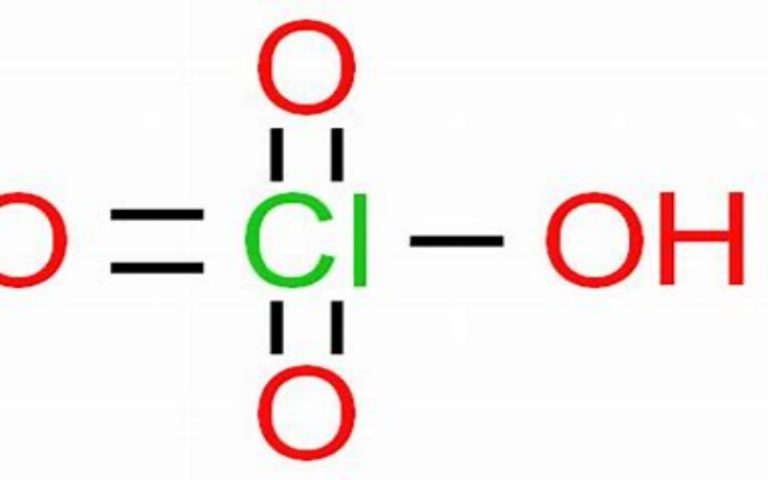
CAS No. :7601-90-3
Molecular Formula:HClO₄

What is Lithium Chloride Monohydrate? Lithium chloride monohydrate is a versatile chemical compound with diverse applications across various industries. At its core, it’s a hydrated form of lithium chloride, meaning it includes water molecules in its structural makeup. Chemical Composition and Formula Lithium chloride monohydrate’s molecular formula is LiCl·H₂O. This formula reflects its makeup: one…
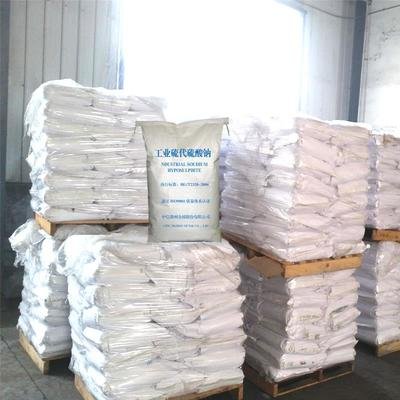
Химические и физические свойства сульфата натрия Сульфат натрия является одним из важнейших химических соединений, используемых в различных отраслях промышленности и в быту. Понимание его химической природы, физических параметров и реакционной способности помогает лучше оценить его ценность и сферы применения. Химическая формула и структура Химическая формула сульфата натрия — Na₂SO₄. Это соединение представляет собой натриевую соль…
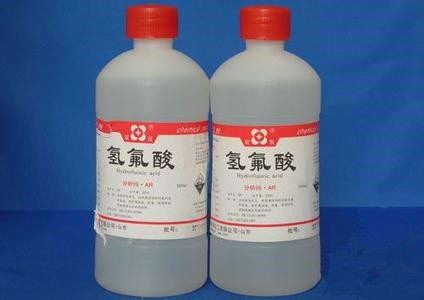
Interactions Between Hydrofluoric Acid and Plastics Hydrofluoric acid (HF) is one of the most reactive acids known, capable of etching glass and dissolving bone. Its behaviour towards plastics, however, is more nuanced. Understanding the interaction between hydrofluoric acid and different plastics is crucial for safety in industrial and laboratory environments. Does Hydrofluoric Acid Dissolve Plastics?…
 |
 |
This website uses cookies so that we can provide you with the best user experience possible. Cookie information is stored in your browser and performs functions such as recognising you when you return to our website and helping our team to understand which sections of the website you find most interesting and useful.
Strictly Necessary Cookie should be enabled at all times so that we can save your preferences for cookie settings.
If you disable this cookie, we will not be able to save your preferences. This means that every time you visit this website you will need to enable or disable cookies again.